-
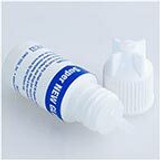 Adhesives & Jewelry Glues
Adhesives & Jewelry Glues
-
 Beading, Stringing & Knotting Tools
Beading, Stringing & Knotting Tools
-
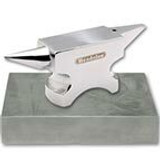 Bench Blocks, Bench Pins, Pads & Anvils
Bench Blocks, Bench Pins, Pads & Anvils
-
 Bracelet Tools
Bracelet Tools
-
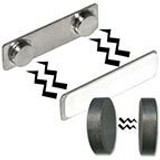 Bulk Magnets
Bulk Magnets
-
 Burnishers & Stone Setting Tools
Burnishers & Stone Setting Tools
-
 Calipers & Gauges
Calipers & Gauges
-
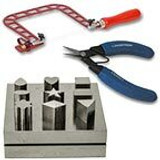 Cutters, Shears & Jewelers Saws
Cutters, Shears & Jewelers Saws
-
 Cutting Lubricants
Cutting Lubricants
-
 Drills, Bits & Hole Punches
Drills, Bits & Hole Punches
-
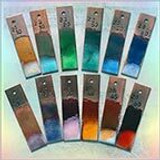 Enameling Tools & Supplies
Enameling Tools & Supplies
-
 Etching & Engraving Supplies
Etching & Engraving Supplies
-
 Flex-Shaft System & Accessories
Flex-Shaft System & Accessories
-
 Hammers & Mallets
Hammers & Mallets
-
 Jewelry Packaging & Displays
Jewelry Packaging & Displays
-
 Jewelry Pliers
Jewelry Pliers
-
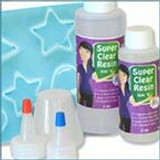 Jewelry Resins & Clays
Jewelry Resins & Clays
-
 Jewelry Soldering Tools & Supplies
Jewelry Soldering Tools & Supplies
-
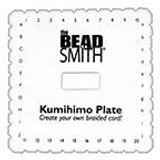 Kumihimo Tools
Kumihimo Tools
-
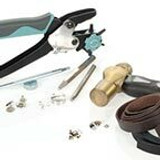 Leather Jewelry Making Tools
Leather Jewelry Making Tools
-
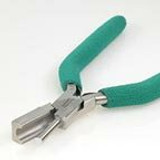 Looping & Mandrel Pliers
Looping & Mandrel Pliers
-
 Loupes, Lights & Magnifiers
Loupes, Lights & Magnifiers
-
 Memory Wire Pliers & Cutters
Memory Wire Pliers & Cutters
-
 Metal Stamping Tools
Metal Stamping Tools
-
 More Watch & Jewelry Tools
More Watch & Jewelry Tools
-
 Needles, Conditioners & Bead Looms
Needles, Conditioners & Bead Looms
-
 Nylon-Jaw Pliers
Nylon-Jaw Pliers
-
 Organizers/ Storage for Jewelry Parts/ Tools
Organizers/ Storage for Jewelry Parts/ Tools
-
 Oxidizers, Inks & Sealants
Oxidizers, Inks & Sealants
-
 Ring-Making Supplies
Ring-Making Supplies
-
 Riveting Tools
Riveting Tools
-
 Safety Glasses & Safety Gear
Safety Glasses & Safety Gear
-
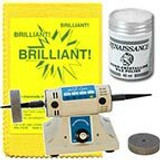 Shaping & Polishing
Shaping & Polishing
-
 Templates & Center Locator
Templates & Center Locator
-
 Tweezers
Tweezers
-
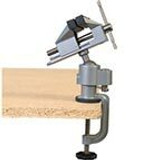 Vises & Clamps
Vises & Clamps
-
 Wire Working Tools
Wire Working Tools
